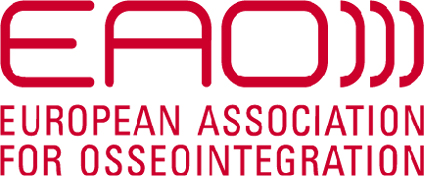Managing cases
Ridge augmentation procedures
In implant dentistry, the aim of bone augmentation is not merely to achieve osseointegration, but to improve function and aesthetics (evidence type III: based on clinicians’ experience). Bone atrophy in the jaw presents an important functional and aesthetic dilemma. The clinician must make the decision to rebuild the lost volume using bone augmentation procedures or make a compromise on the prosthetic solution.
“Bone atrophy in the jaw presents an important functional and aesthetic dilemma. “
Sufficient bone volume is a key factor for implant health. But the main problem associated with bone grafting is morbidity. Current bone augmentation solutions tend to favour patient-friendly and minimally invasive techniques, for example:
- making a minimal-access incision in the iliac crest and harvesting a autologous graft using the ‘piano keys’ technique
- using biomaterials in interpositional grafting procedures such as the ‘sandwich’ technique
“Sufficient bone volume is a key factor for implant health.”
It is widely accepted in the literature (evidence type II) that interpositional grafts are safer and are associated with less resorption than onlay grafts (Stellingsma et al. 2014; Troeltzsch et al. 2016). The positioning of an onlay graft on top of the ridge leads to pulling and stretching of the soft tissue, and soft tissue augmentation is often required. Whereas soft tissue work is not necessary in the interpositional technique, as the soft tissue stays on top of the crest and is not detached, and thus passively follows the bone.
“It is widely accepted that interpositional grafts are safer than onlay grafts”
The speaker described a 4mm threshold for vertical augmentation. This is probably due to the fact that angiogenesis does not come further than 3 or 4mm out of the bone envelope. Interpositional grafts have an advantage in that they have 4mm from the vascularised top, and 4mm from the bottom, and therefore double the source of angiogenesis.



